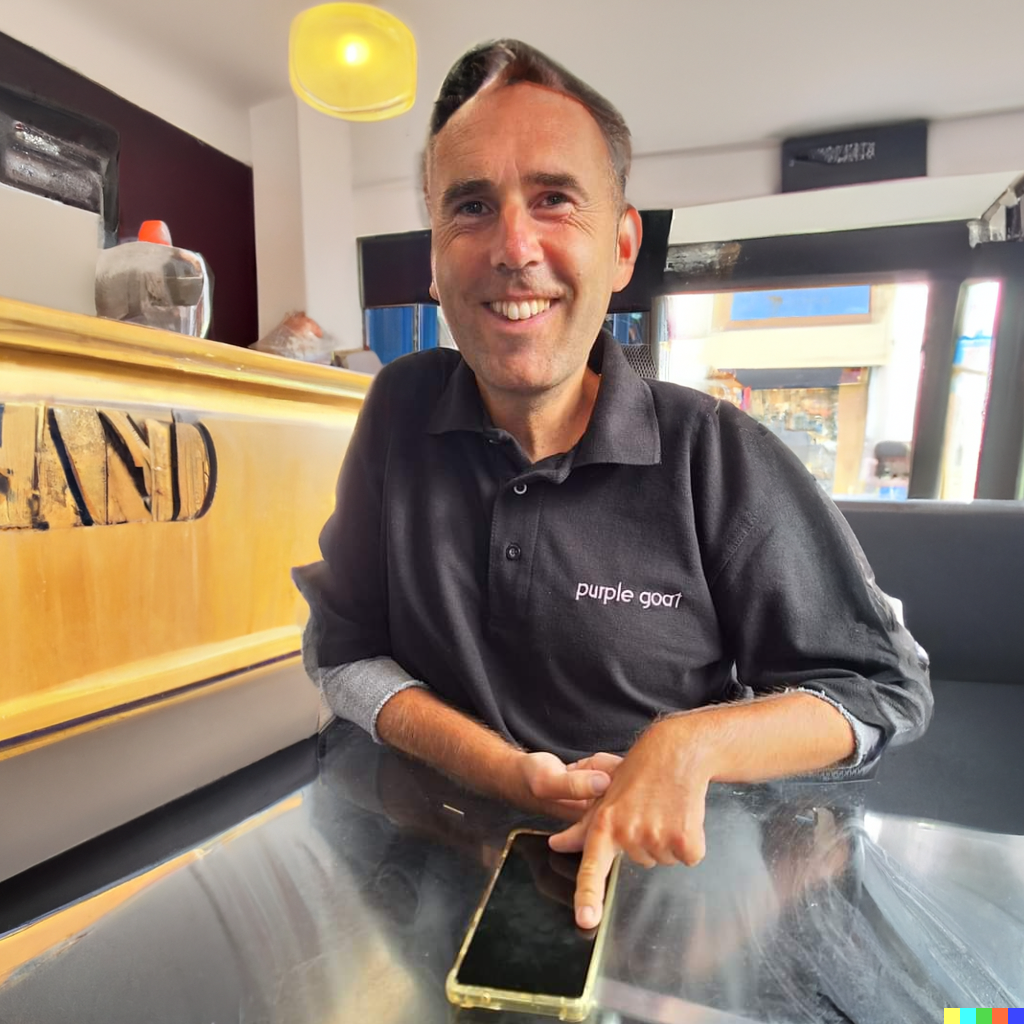I’ve been working on and involved in some really high level disability inclusion projects recently. It’s so fascinating taking a problem, considering all the stakeholders involved, creating answers that attempt to work for everyone, accepting any progress is better than none, and bringing it to the world.
With all these challenges, variables and executing of solutions, I’ve found less time for contemplating and sharing my more personal stories. I say this because I love writing and really want to get back to more of it. Beyond that I know there’s lots of things my community would enjoy reading about and take value from themselves in the posts.
So to kick start a bit of flow (huge thanks to Ann Hawkins for challenging me to just do it, and to Aga for reminding me the power of sharing experiences), I’m writing a free flow post on the first topic that came to mind – banking. Wouldn’t have been my first guess at what I’d choose, but here we are! Let’s see what comes out…
There’s a lot of ground I could cover. But I’m going with 1) different accounts I’ve needed over time and why I needed them 2) things that are better and things I still struggle with 3) how I could see banks getting it right and why it’s in their interest to do so.
1) I opened my first bank account in my teen years. A typical current account that I still have to this day. Then when I was going to university age 19, and had been approved by the local authorities for a Direct Payment, I needed a new ring fenced current account. The funds going in each month were to employ people for my care needs. So I opened a second current account with the same bank.
During my time working for Scope and then the growth of my content creator and freelance work, I decided to open my first business account. This time with a different bank (I’m not naming brands on purpose by the way). A year or so later Disability Horizons magazine was taking off and it made sense with my business partner Srin to open a separate business account. I could continue my content creator and freelance work, whilst Disability Horizons grew on its own trajectory. By this time I’d left Scope by the way.
Then Srin and I dreamt up Accomable, the accessible accommodation booking website. Which again had different plans to Disability Horizons, would later take on investment, and additional shareholders. So we created a new business account for that.
More recently I co founded Purple Goat with the Goat Agency. So, yes you guessed it, another business bank account was opened!

2) In the 20 or so years I’ve been using bank accounts for personal and business purposes there’s been great progress. My disability means anything mobile based is way easier than going to a branch, needing a desktop computer or external gadgets like pin card readers. Which essentially has been the trend of the last decade.
An example of a good experience with banking is where I can open the relevant app on my phone. Check the balance and access the statements. Make payments. Connected to, but slightly separate from interaction with a bank, is the ability to have contactless payments on my phone too. All of this means I don’t need to ask someone else to take me to a branch, use my personal pin number, or have to view my finances with me.
This being something that a decade ago was more common place. Unfortunately I have heard of bad experiences others faced through these barriers and challenges. Some people even losing money from the security risks associated.
As good as things have become, there’s still annoying glitches I’m facing today. For example on my care account, I have to provide annual proof the money was spent on care. Annoyingly I can’t get statements on my app. Meaning I need someone else to get the card reader, to help me login to my account on desktop mode on my phone, to download the statements. Similarly when I have a payment for a new recipient I need someone to help me with the card reader to add them.
This is all just frustrating friction points and makes me feel less independent with my finances.
3) I think the pandemic moved the needle in a few positive directions for disabled people. I’m obviously not overlooking the many terrible impacts too from that time on our community. One example of a positive came recently when I needed to speak to our Purple Goat banking provider about a change we needed to make. Instead of needing to go to a branch to prove my identity, they setup a zoom call for the same outcome. This was so much quicker and easier.
The opportunity for banks to get disability inclusion right is huge. As we know. It’s a hugely ignored and under served customer base. So when we are spoken to about our wants and needs as consumers, solutions follow on very easily, the leading providers can acquire newer and happier customers, and with the example of zoom it tends to benefit every customer! Not only disabled people.
I think to close this off-the-cuff article that has been very enjoyable and insightful to reflect on myself. I would say anyone in a position at a bank to influence inclusion, simply set about asking the right questions to the right people. The rest follows step by step.
If you are reading this with a disability I would love to hear your experiences, particularly as I can feed them in to a couple of banks we have a working relationship with.
Lastly if you are not working in a bank or a disabled person, I hope you found this interesting and maybe there is something you would like to share too?…
Beyond this banking post, I’m hopeful to write similar posts on different industries and other topics. So please let me know anything you would like to hear more about from me. I’ve also got some interesting trips and events and projects coming up. Which I’m excited to share with you as they happen.
Thanks for reading and engaging with my content. I really appreciate you and your input.



